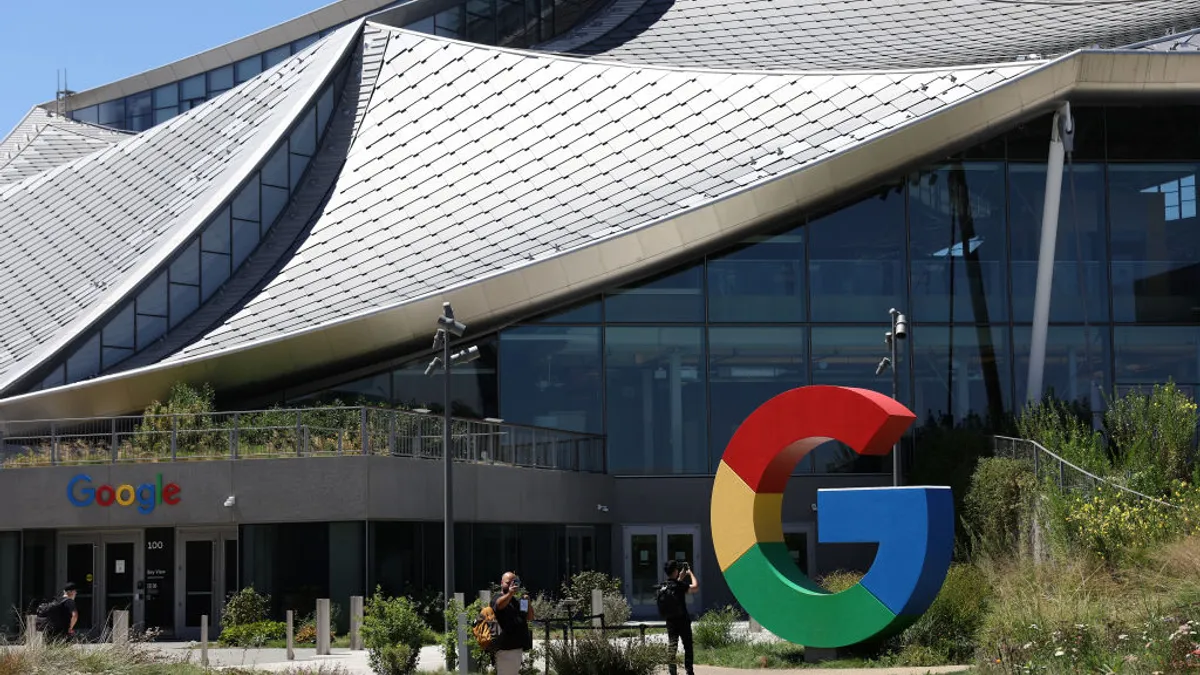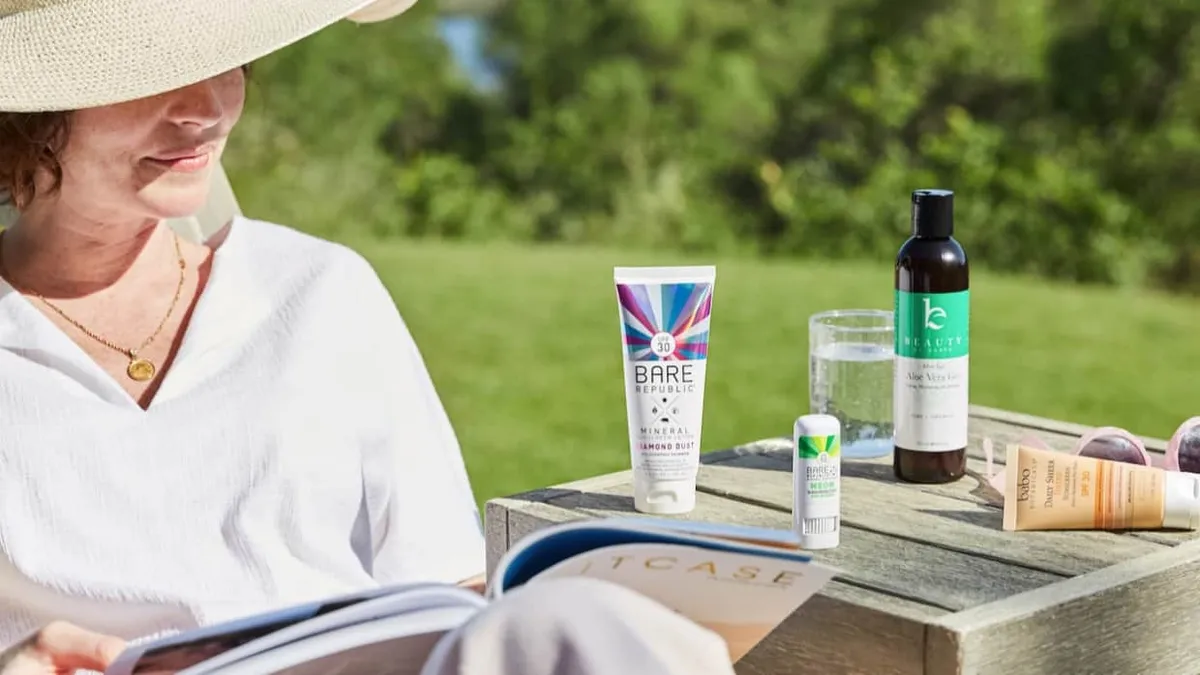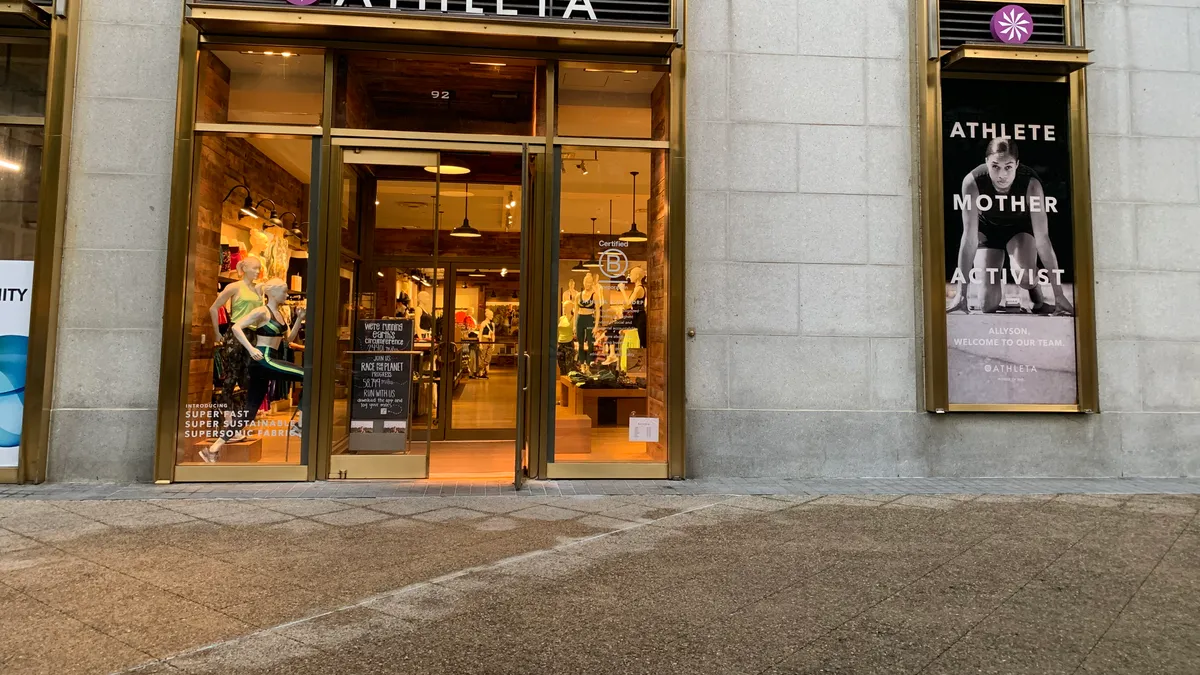Editor's note: The following is a guest post from Hunter Jensen, CEO of Barefoot Solutions.
A good onboarding plan could mean the difference between a successful product and a total failure. Long-term use has always been an issue for apps, and though app abandonment rates are going down, they're still at about 23%, which means that 73% of app users use an app more than once. This number is for all mobile apps, so it doesn't take into account the specific difficulties of onboarding an app tied to an IoT device. Here, I'll break down the differences in onboarding for IoT-specific apps and provide steps for building a new plan to set yourself up for IoT app success.
The two-sided challenges
The fact that IoT apps have a physical product tied to a mobile experience adds a new dimension of difficulty when onboarding new users. When creating an onboarding plan, developers need to recognize a new set of pain points for the consumer that stem from the physical product, including:
- Packaging: Consumers don't like to deal with packaging that's difficult to open or leaves behind a lot of waste.
- Instructions: Instruction manuals, either in print or on CD/DVD, create an impression that users have a lot to learn before using the product. Most often, consumers will ignore these materials and try to set up the product themselves, which can bring its own set of frustrations.
- Syncing: Just like setting up Bluetooth in a car, IoT apps need to be synced to the device. This adds an extra set of steps that might need explaining, especially for those with limited wireless tech experience.
Essentially, IoT apps bring together two sets of consumer challenges: those of the product and those of the app. It's all the more important with IoT apps to create a solid onboarding plan from initial setup and tutorials to user retention. Let's dive into tips for making this possible.
Getting Started
1. Include app downloading instructions in product packaging
Include in your straightforward instructions how customers can download the app for their product, preferably by providing a simple link. It should direct users to a landing page developed to automatically detect the type of device they're using and forward them to the appropriate app store. A site link provides a hub for users across all devices to go, meaning you can give all consumers — regardless of operating system — one simple instruction for downloading an app.
If you have the means to run an SMS server for your app, you can also offer users the ability to text a specific phone number, which will send them a link for easy download.
2. Avoid account fatigue with social logins
According to social login provider Janrain, 92% of users will leave a website rather than recovering or resetting login credentials. This is the result of account fatigue, or the pressure on users of having to remember usernames and passwords for all their accounts. Developers can avoid this by having users sign in via email address or social media profile like Facebook or Twitter through an API.
Understanding your app
3. Highlight the benefits
One way is to speak to your app's core benefits and features right from the start. Walk-through tutorials can highlight the benefit of each feature one-by-one. A couple ways to accomplish this include:
- Slideshows: A quick presentation can highlight different features of an app before users get started. Make sure to keep this brief and consider adding a skip button for users who may have downloaded your app previously and don't need a walk-through.
- Arrows and symbols: Another option is to just point out the main features of your app upon first opening. Use arrows and symbols to highlight buttons and navigation users need to know to operate the app.
4. Include video tutorials
New users may be unsure of how to use the app with the paired device. Include video tutorials in your app to show users how to set up the product (some may not have gotten that far) and how your app interacts with it.
5. Show tutorial progress
No matter the tutorial type you choose, always make apparent the progress the user has made. For slideshows, indicate which slide they're on out of the total so they can assess how much longer the process will take. If you're using an in-app tutorial, show a progress bar at the bottom. Showing progress helps reduce abandonment by laying out clear expectations for the user.
6. Easy access to support
Go one step further and ensure users have easy in-app access to support. This can include having support documentation within the app or including a link that redirects them to a mobile-friendly support section of your site.
Even better, consider offering an in-app chat service, allowing users to speak instantly with a customer service representative through direct messaging tool within your app. The ability to access help quickly, and with an actual human on the other end, goes a long way toward making users feel supported and can quickly quell minor frustrations they have with their new product.
7. Gamify your app
Who doesn't enjoy unlocking achievements or using an interactive interface? Gamification can keep users interested in your app long after they first install it. MailChimp, for example, gives users "high fives" after completing a task. Customer support platform Desk.com does something similar by giving users badges for achievements, such as closing a certain number of cases.
8. Rely on in-app and push notifications
Another way to keep users coming back is to remind them about your app through mobile notifications. Encourage them to complete their profile information. Ping them if they haven't opened your app after a prolonged period of time. Remind them about an achievement they're about to hit.
Remember that not all users will appreciate the constant notifications. Instagram has received some backlash over the many notifications users often get. Ensure users can easily change their settings, and it doesn't hurt to be considerate about the timing of the notifications you send.
9. Use progressive login and profiling
User information is important for understanding your customers in a target market, but knowing when to ask and how much to ask for is a tricky balancing act. When you first meet somebody, you know not to barrage them with questions about their entire family history — getting too personal too fast is a sure way to kill a potential friendship. The same applies to your brand's relationship with users.
Asking too much upon account registration can turn users off. User fatigue aside, is all that data really necessary for creating a profile? Today, mobile authentication is a faster, more secure process than email. And many people prefer it.
After account creation, you can slowly ask for more information, a process called progressive profiling. Companies like LinkedIn rate the strength of user profiles based on the amount of detail it holds. Once users add more information about themselves, LinkedIn increases their profile strength rating (this is another type of gamification).
Outside of progressive profiling, you can also use a progressive login approach for new users before they've even made an account. This involves giving users open access to some features of your app, without requiring an account to use them, allowing new consumers to get one foot in the door and begin exploring and enjoying your app. The easier it is for people to try out your product, the more likely they are to hop on board with enthusiasm.
Make a great first impression
Every onboarding plan should make a solid first impression on users. They should understand the value of your app and know what steps to take to get that value. Now's the perfect time to get a head start with your app and set the onboarding standards that others will have no choice but to follow.













